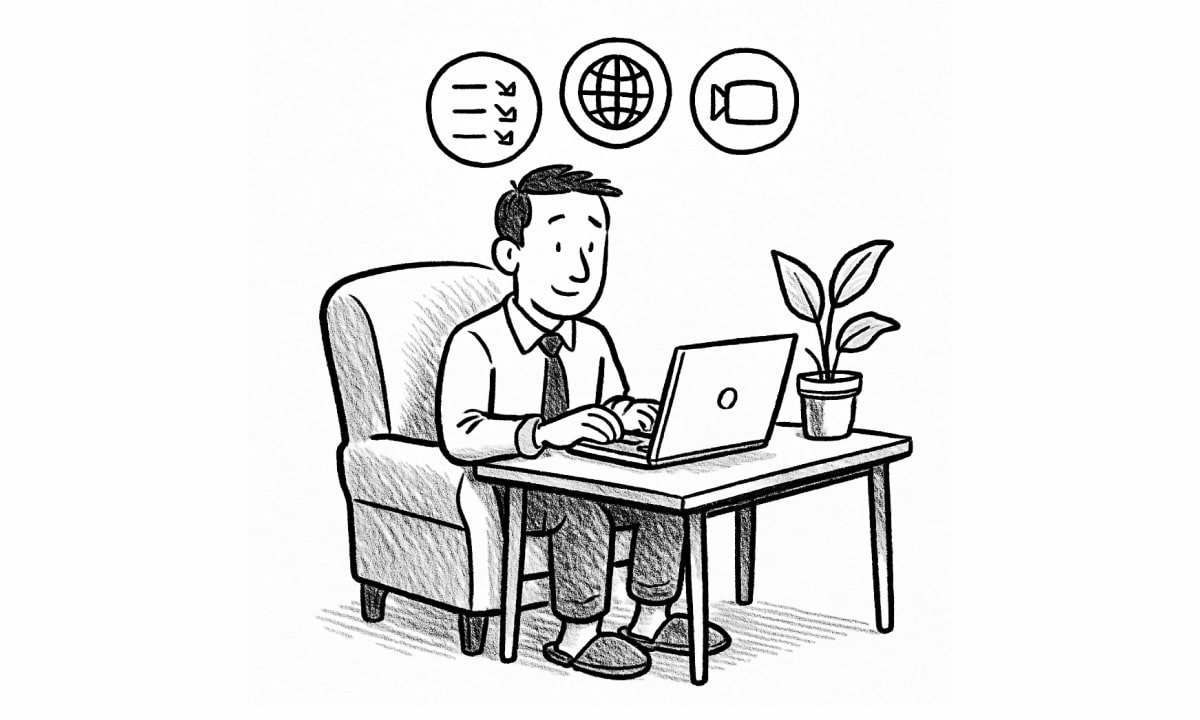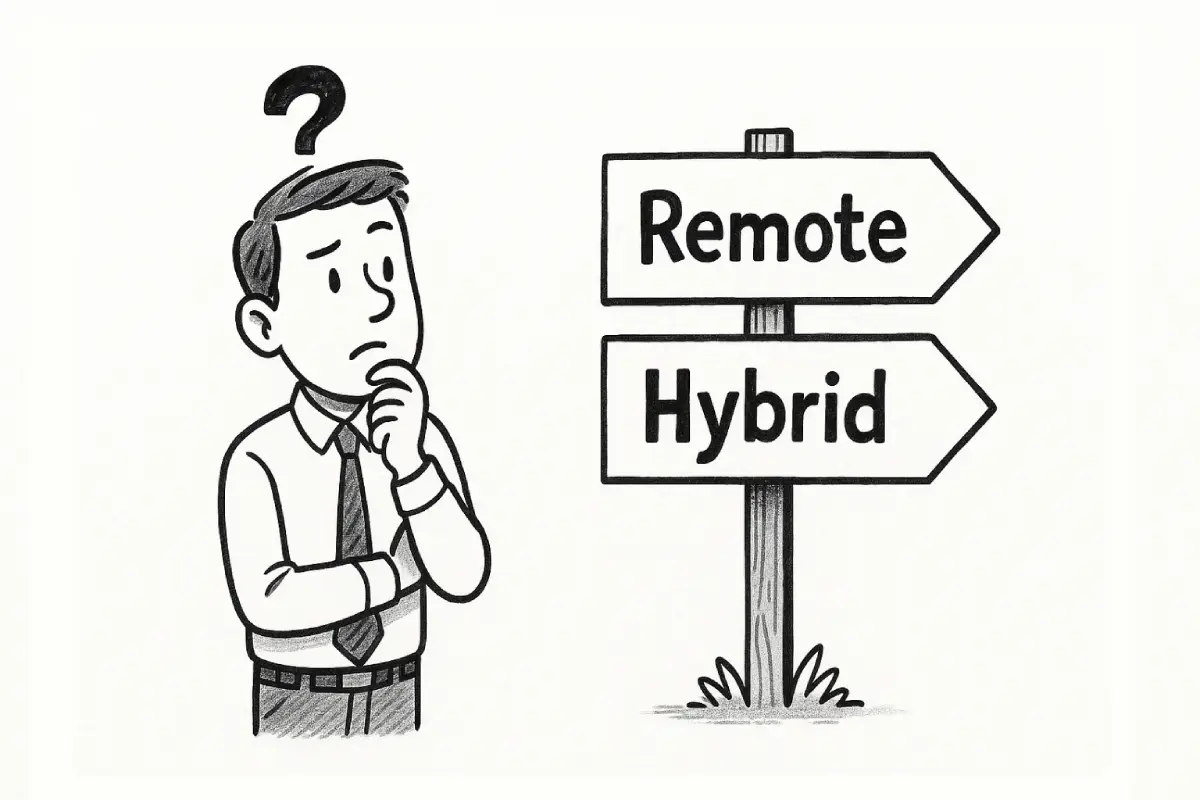Remote work has transformed corporate America, reshaping how we view productivity, collaboration, and the workplace itself. Far from a temporary trend, it’s a seismic shift driven by employee demand, technological innovation, and evolving business priorities. But is the traditional office truly obsolete, or is it evolving into something new? Let’s explore the data, trends, and strategies defining the future of work—without the fluff.
Why Remote Work Took Hold
The pandemic forced companies to adapt to remote work, and the results were surprising. Employees gained flexibility, slashed commute times, and reported better work-life balance. A 2024 Gallup study found that 52% of remote-capable workers prefer hybrid arrangements, valuing autonomy without sacrificing collaboration. Employers, meanwhile, saw productivity hold steady or improve. A Stanford study showed remote workers were 13% more productive than their in-office counterparts, debunking myths about slacking at home.
But it’s not all rosy. Remote work can blur work-life boundaries, risking burnout. Companies are countering this with policies like “no-meeting Fridays” or mandatory time off to protect mental health.
Hybrid Models: The Best of Both Worlds?
Many companies are betting on hybrid models to balance flexibility with in-person connection. Tech giants like Google and Uber require employees in the office 2-3 days a week to foster teamwork. Meanwhile, Bank of New York Mellon will mandate four office days starting September 2025, emphasizing community-building.
Hybrid isn’t one-size-fits-all. Some firms lean heavily remote, while others prioritize office time for roles needing collaboration. The key? Flexibility tailored to employee and business needs.
Tech: The Backbone of Remote Success
Remote work thrives on technology. Platforms like Slack, Zoom, and Microsoft Teams are now workplace staples, enabling seamless communication. Emerging tech like virtual reality (VR) is set to elevate remote collaboration. For example, Meta’s Horizon Workrooms offers immersive virtual meeting spaces, bridging the gap between physical and digital.
AI is another game-changer. Tools like Microsoft Copilot automate repetitive tasks, manage schedules, and provide data-driven insights, freeing employees for strategic work. These advancements make remote work not just viable but highly efficient.
Prioritizing Employee Well-Being
Remote work can isolate employees, impacting mental health. A 2023 WHO report estimates that Scientists believe that work-related stress costs businesses $1 trillion annually in lost productivity. Companies are responding with virtual therapy, wellness stipends, and flexible hours. Salesforce, for instance, offers employees “wellness days” and access to mental health platforms like Lyra Health.
Fostering connection is critical. Virtual coffee chats, team-building games, and in-person offsites help maintain culture and combat loneliness.
The Office: A Hub, Not a Mandate
The office isn’t dead—it’s evolving. Modern workplaces are becoming collaboration hubs, with open layouts, hot-desking, and tech-enabled meeting rooms. CBRE’s 2024 Workplace Report notes that 70% of companies are redesigning offices to prioritize teamwork over individual tasks. The office is now a choice, not a requirement, used for brainstorming, mentoring, or social events.
This shift reflects a broader truth: employees want options. A FlexJobs survey found 95% of workers want some form of remote work. A Gallup survey found that 5 in 10 full-time U.S. employees have jobs that can be performed remotely.
Is the Office Obsolete?
No, but it’s no longer the default. Offices excel for tasks requiring face-to-face collaboration, like complex problem-solving or onboarding new hires. Yet remote work’s benefits—flexibility, cost savings, and access to global talent—make it indispensable. The future lies in hybrid models that blend the best of both, backed by smart tech and a focus on well-being.
Conclusion: A Flexible Future
Remote work has redefined corporate America, proving that productivity doesn’t require a cubicle. The office is transforming into a dynamic space for connection and innovation, while technology and well-being initiatives empower employees. Companies that embrace flexibility and adapt to these changes will lead the way in a workforce that’s more inclusive, efficient, and ready for the future.
You might also like: Apply Even if You’re Not 100% Qualified









